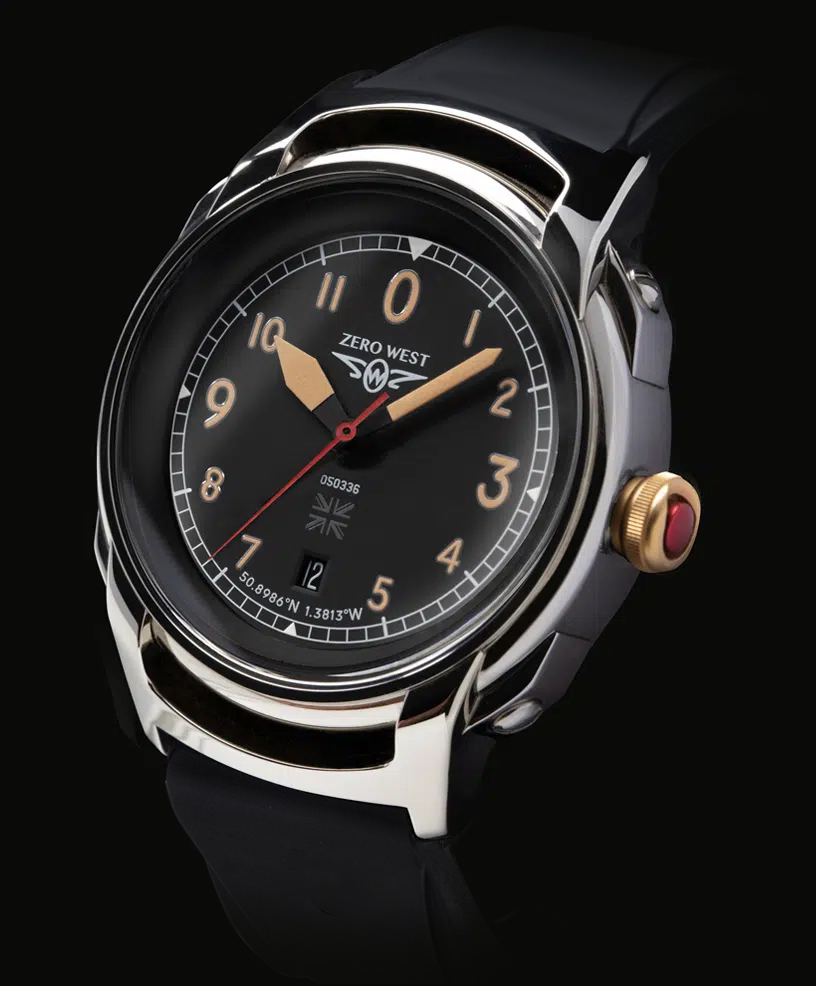Design Attributes
- Latitude and Longitude reference the Woolston Spitfire factory
-
Date code references the maiden flight from Eastleigh Aerodrome
- Dial design based on a Smith cockpit clock
- Crown modelled on the joystick gun platform fire button
- Spitfire technical drawing watch back engraving
Case
- 44mm diameter 316L stainless steel billet machined & polished case
- Match machined & polished 316L stainless steel DSL lugs
- Polished and engraved 316L stainless steel back with complex engraving
Main Crown
- Brass finished screw crown, modelled on the joystick gun platform fire button. 316L stainless steel with triple seal technology
Crystals
- Custom double curved domed sapphire glass with blue AR coating on the internal surface
Movement
- ETA 2824
- 28,800vph
- 25 jewels
- Self-winding ball bearing rotor
- Date function
- Power reserve ~38 hours
- Water resistance: 10ATM (100m) 100% tested
Dial
- Black enamel over brass substrate with over printed vintage dial numerals and aviation indicators highlighted in SuperLuminova X1 luminous pigment
Hands
- Old radium avionic style hands, coated in SuperLuminova X1 luminous pigment
- Vintage red sweep hand
Dimensions
- 44mm diameter
- 14.1mm thick
- 22mm lug width
- 49.6mm lug to lug pin spacing
Strap
-
22/20mm Zero West custom Military and aerospace grade cross-linked fluoroelastomer rubber. 1 fixed and 1 sliding keeper
-
Reverse sculptured relief
-
Matt finish
-
Polished silver stainless steel buckle with engraved ZW logo
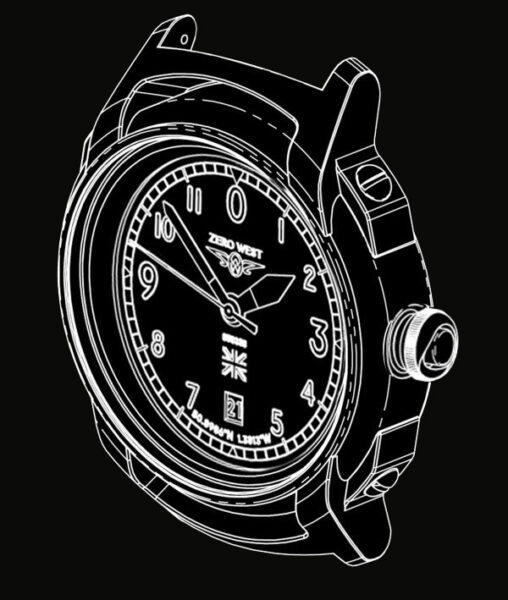
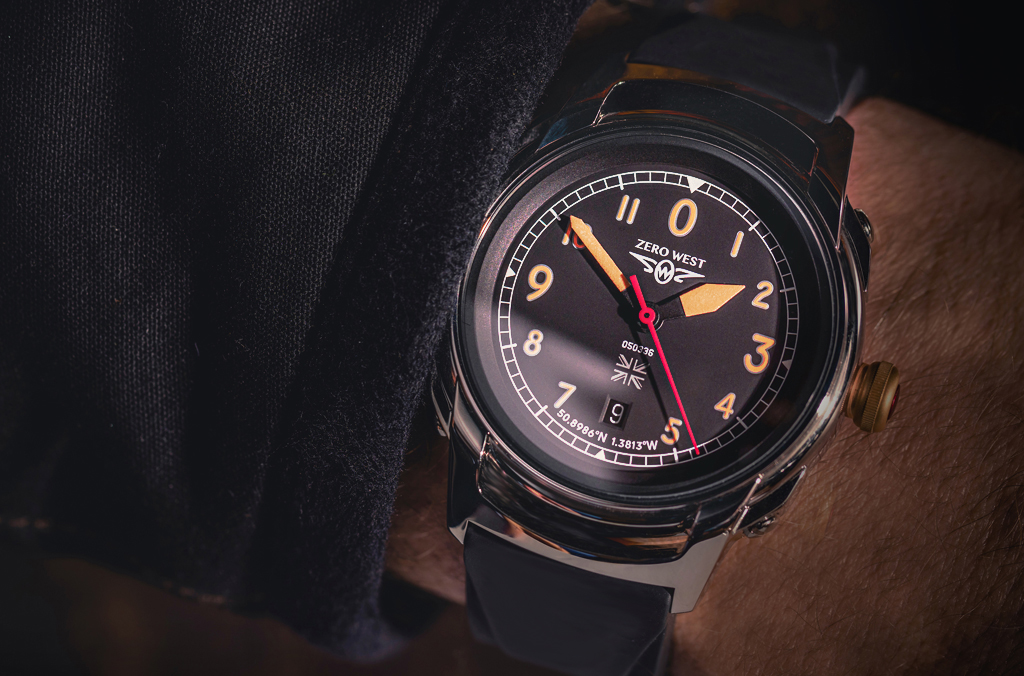
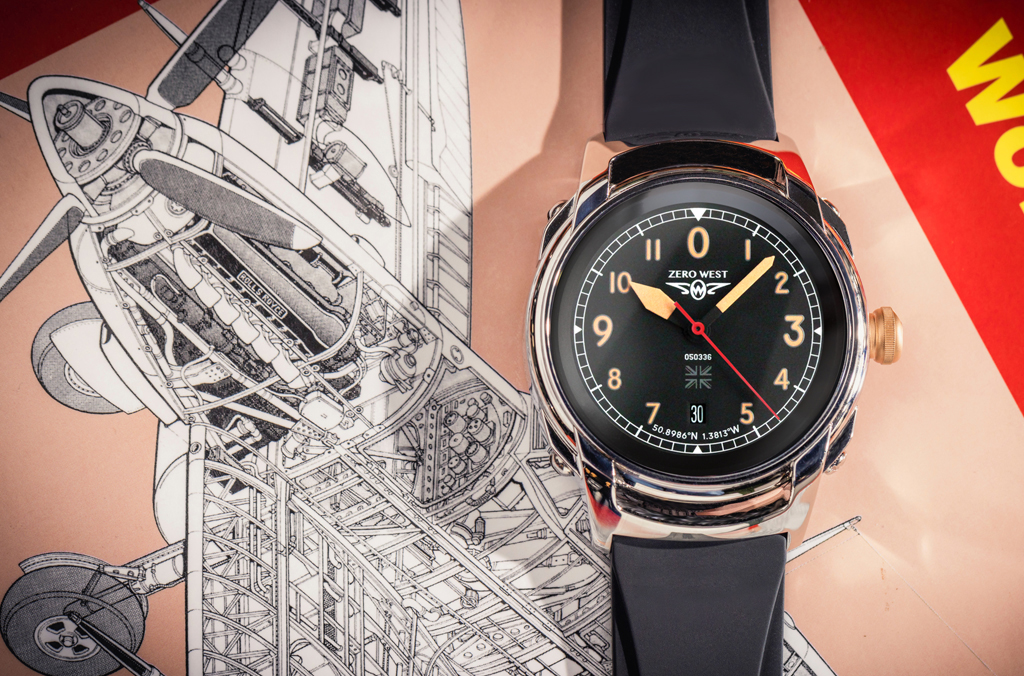
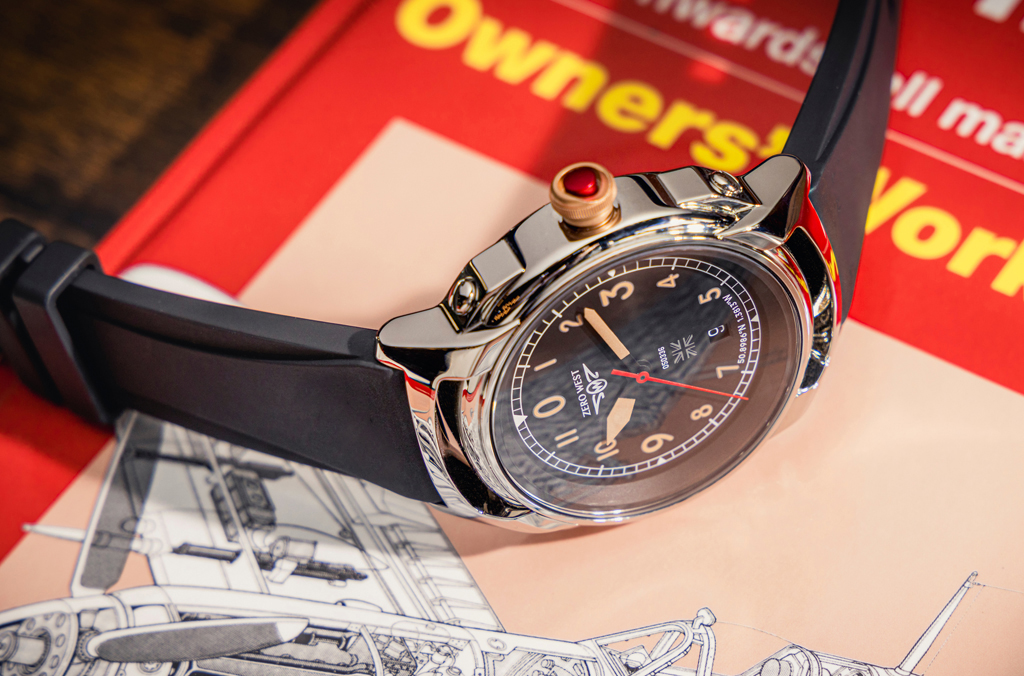
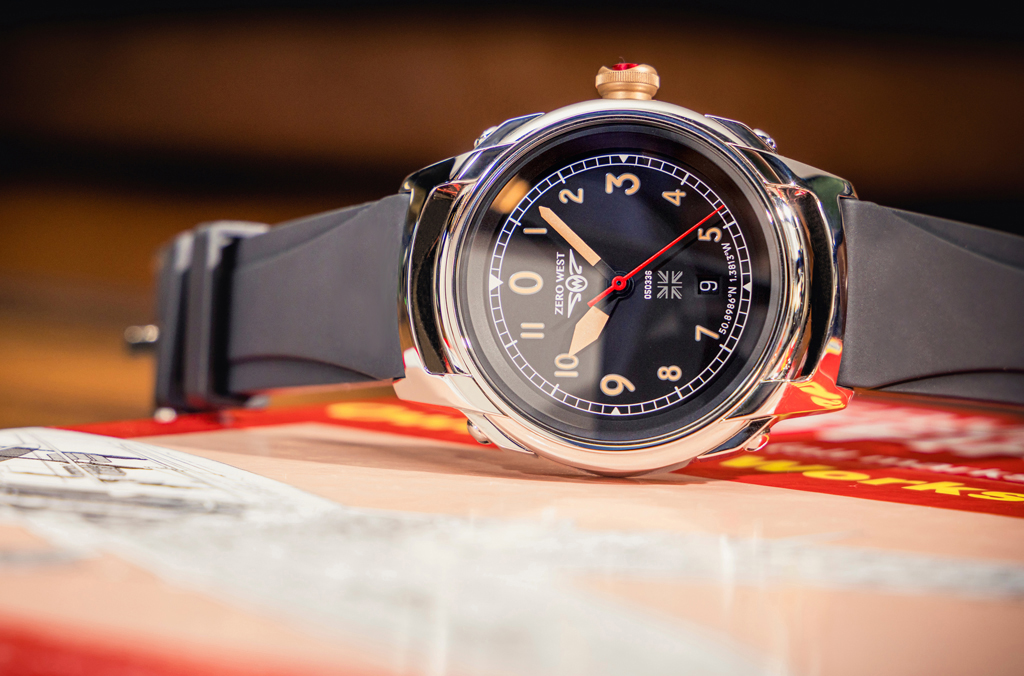
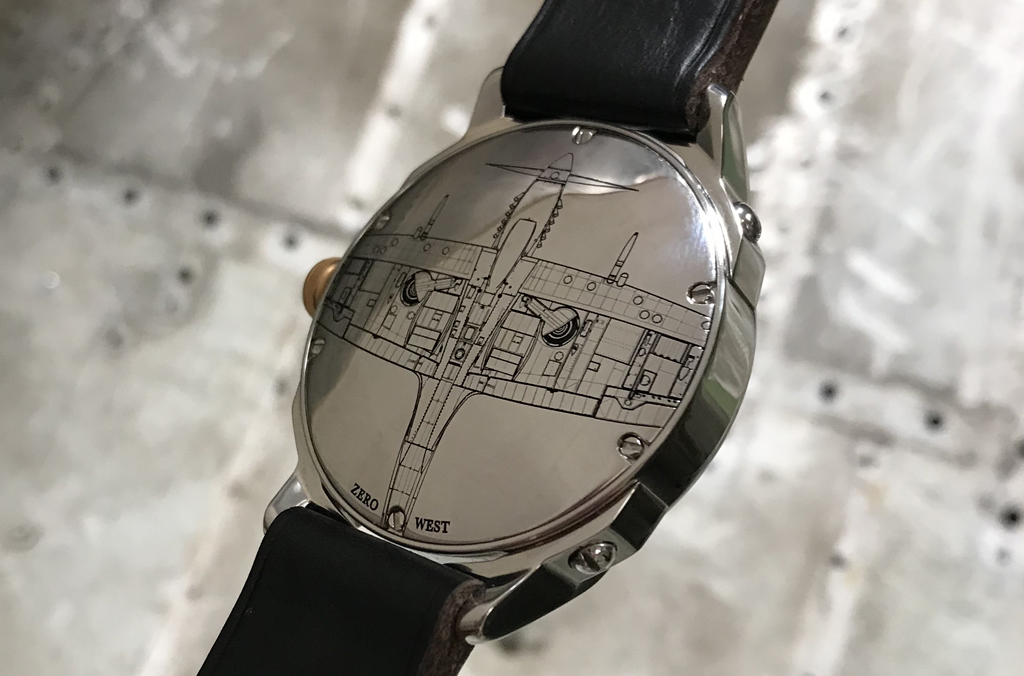

THE MOST ICONIC FIGHTER PLANE OF ALL TIME
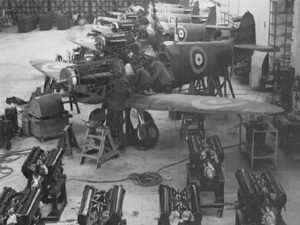
The Spitfire epitomises the very essence and best of Great British design. Nothing gives more pleasure than hearing the unmistakable growl of the mighty Rolls-Royce Merlin V12 supercharged piston engine, and then looking heavenward to see the beauty of elliptical wings as this historic masterpiece flies into clouds. Protector of our freedom, this legendary fighter plane is our heritage. In our S2 limited edition watch we have paid our own tribute to this magnificent example of British engineering and design.
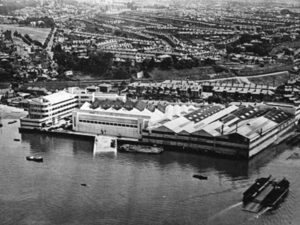
Reginald J Mitchell, designer of the legendary Spitfire was Chief Engineer at Supermarine Aviation Works in Woolston, Southampton. His inspired ‘seaplanes’ were designed with liquid-cooled engines and stream-lined bodies, with low drag. It was Mitchell’s Supermarine S6B that won the prestigious and sought after Schneider Trophy in 1931 and was clearly the precursor to his iconic masterpiece, the Spitfire in 1936. The Air Ministry quickly recognised that Mitchell’s Spitfire was both robust and adaptable and began ordering from Supermarine in earnest.
The threat of Nazi Germany, the Battle of France and subsequent evacuation of Dunkirk saw Spitfire production rapidly multiply. But it was during the summer of 1940 that the south coast of England came under intense bombing by Germany’s Luftwaffe. It wasn’t long before the Supermarine Aviation Works was targeted and manufacture was disrupted by continual air raids. The intense need to keep up production of this most precious fighter led the Air Ministry to help Supermarine set up shadow factories on the south coast and beyond. These shadow factories were workshops, garages, sheds, bus depots and even a hotel, and were predominantly filled with unqualified women, girls and boys. Supermarine and its army of workers produced over 2000 Spitfires during the summer of 1940. It was through this unquenchable spirit that the Battle of Britain was won.
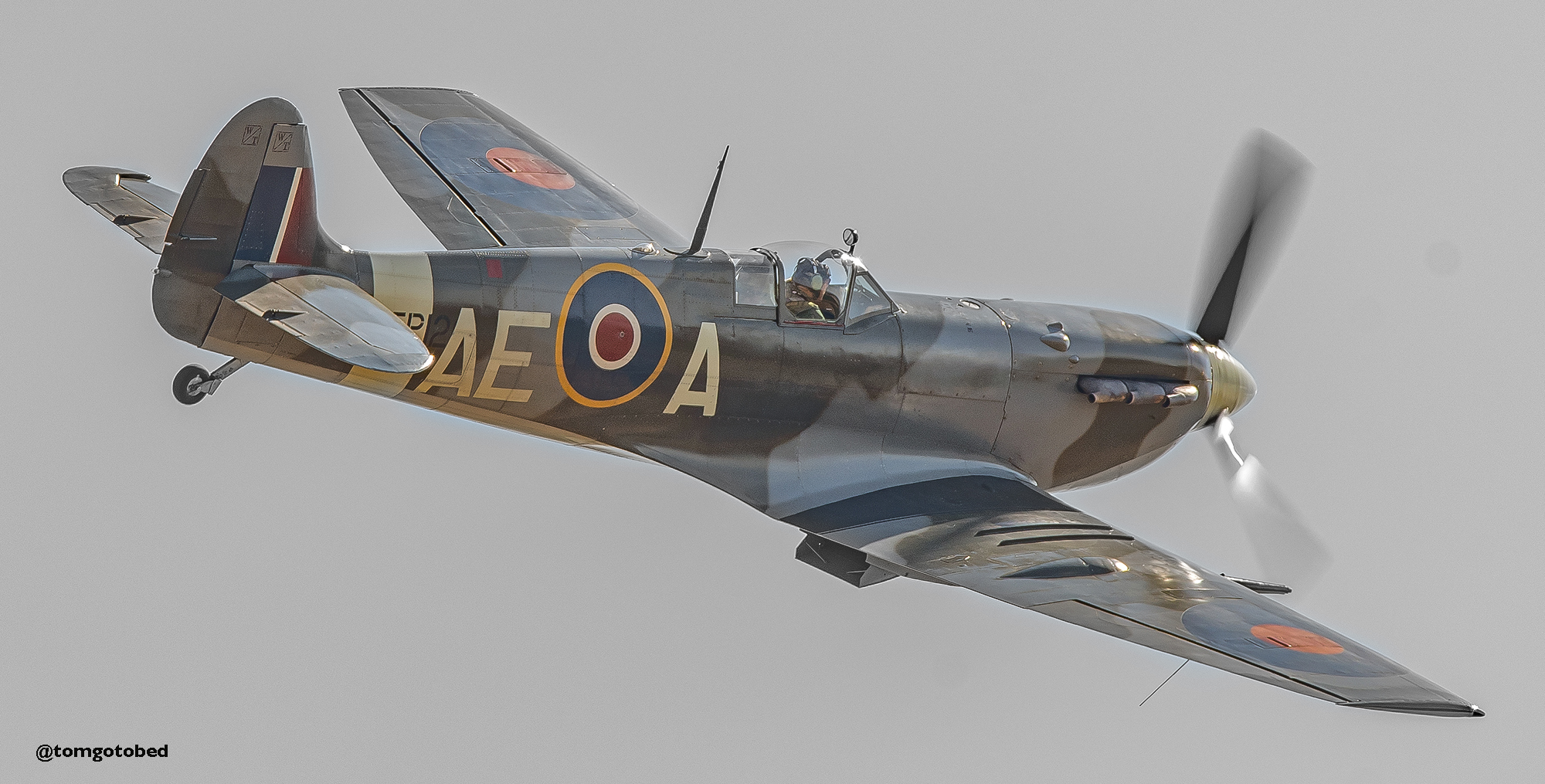
TIME: 05/03/1936 – PLACE: 50.8986°N – 1.3812°W
